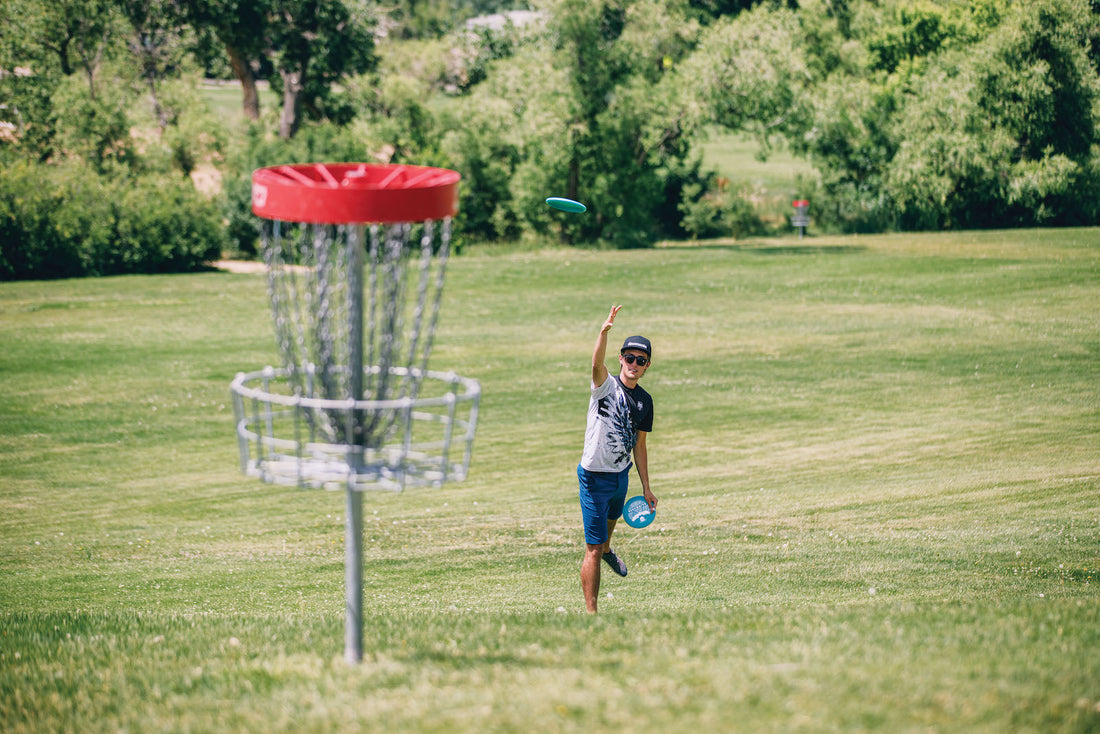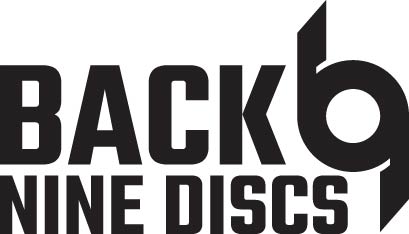
The Growing Popularity of Disc Golf: A Sport for All Ages and Abilities
Share
Disc golf, often described as "golf with a flying disc," is rapidly gaining popularity worldwide. With its mix of outdoor adventure, strategic thinking, and friendly competition, it’s no wonder why more people are picking up a disc and heading to the course. Whether you’re a seasoned pro or a complete beginner, disc golf offers an accessible and rewarding experience.
What is Disc Golf?
At its core, disc golf follows the same basic rules as traditional golf: players aim to complete a course in as few throws as possible. Instead of a ball and clubs, players use specialized discs (similar to flying Frisbees) to reach a target—often a metal basket with hanging chains that help catch the disc. A typical disc golf course includes 18 or more "holes," though shorter courses with fewer holes are also common. Players tee off from designated areas, often marked by a concrete pad, and work their way toward the basket, following the terrain of the course.
The beauty of disc golf lies in its simplicity: grab a disc, find a course, and you're ready to go. However, the game also requires skill and strategy, as you need to select the right type of disc for each shot and account for factors like wind, elevation, and obstacles like trees and water hazards. It's a unique sport that combines athleticism with mental focus, offering a challenge for players of all levels.
Why is Disc Golf So Popular?
One of the primary reasons disc golf is on the rise is its accessibility. Unlike traditional sports that often require expensive equipment or a membership at a private facility, disc golf can be played with just a few discs. Many courses are free to play, especially in public parks, which makes it a budget-friendly hobby for individuals and families alike. All you need is a disc (or a few, if you want to get serious about it) and a willingness to explore the outdoors.
Another reason for the sport's surge in popularity is its inclusivity. Disc golf appeals to people of all ages and abilities. You can take a leisurely stroll around the course and enjoy the scenery or challenge yourself with technical shots and competitive play. The sport encourages friendly competition, whether you’re playing casually with friends or entering local tournaments. There are even divisions for juniors, women, and seniors, so everyone can participate in a way that suits their skill level.
Health Benefits of Disc Golf
Beyond the fun and camaraderie, disc golf offers significant health benefits. It’s a fantastic cardiovascular workout, especially when navigating hilly or wooded courses. A typical round of disc golf can take anywhere from 1 to 2 hours, depending on the course and pace of play, giving players ample opportunity to burn calories and improve their endurance. The game also helps with coordination, balance, and focus as players work to fine-tune their throwing techniques.
For those who enjoy a more active lifestyle, disc golf provides the perfect balance of exercise and relaxation. It’s low-impact, meaning that it’s easier on the joints compared to many other sports, making it ideal for people with mobility issues or those recovering from an injury.
The Disc Golf Community
One of the most unique aspects of disc golf is its strong sense of community. Players are known for being supportive and welcoming, whether you’re a newbie or a seasoned pro. There are numerous local disc golf clubs and organizations that hold events and tournaments, giving players opportunities to meet like-minded people. Many courses also offer leagues, where players can compete in a fun and informal setting, helping newcomers improve their skills while getting to know the local scene.
For more competitive players, professional disc golf has become a legitimate sport with a growing fan base. The Professional Disc Golf Association (PDGA) governs the sport at the highest level, and there are several professional tournaments throughout the year, including the Disc Golf World Championships. As the sport continues to gain recognition, we can expect even more opportunities for players to turn their passion into a career.
Getting Started in Disc Golf
If you’re ready to give disc golf a try, getting started is easier than you might think. Here’s a quick guide to help you hit the course:
-
Choose Your Discs – While a variety of discs are available, most beginners can get by with just three: a driver (for long-distance throws), a mid-range disc (for accuracy), and a putter (for short-range shots and putting).
-
Find a Course – Many cities have free public disc golf courses, and some even offer rental discs. Websites like UDisc can help you locate nearby courses.
-
Learn the Basics – Understanding the basic rules and throwing techniques is a good place to start. You don’t need to be an expert right away—just practice and enjoy the process.
-
Get Out and Play – The best way to improve is by playing regularly. Bring a friend, enjoy the outdoors, and don’t worry about your score—focus on having fun and learning.
Conclusion
Disc golf offers a unique combination of outdoor exercise, friendly competition, and fun that appeals to people of all ages and skill levels. Whether you’re looking for a new hobby, a way to get outside and stay active, or an opportunity to meet new people, disc golf has something for everyone. As the sport continues to grow in popularity, more courses and events are becoming available, making it easier than ever to get started. So grab your disc, find a local course, and see what the buzz is all about—you might just find yourself hooked!
